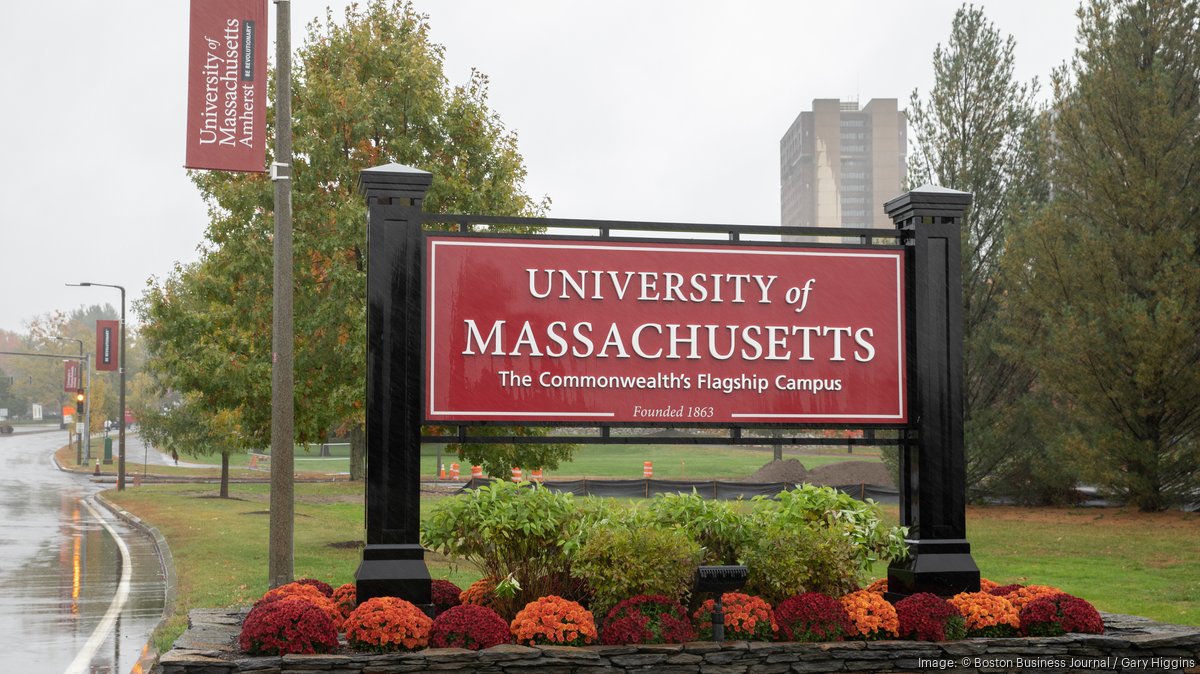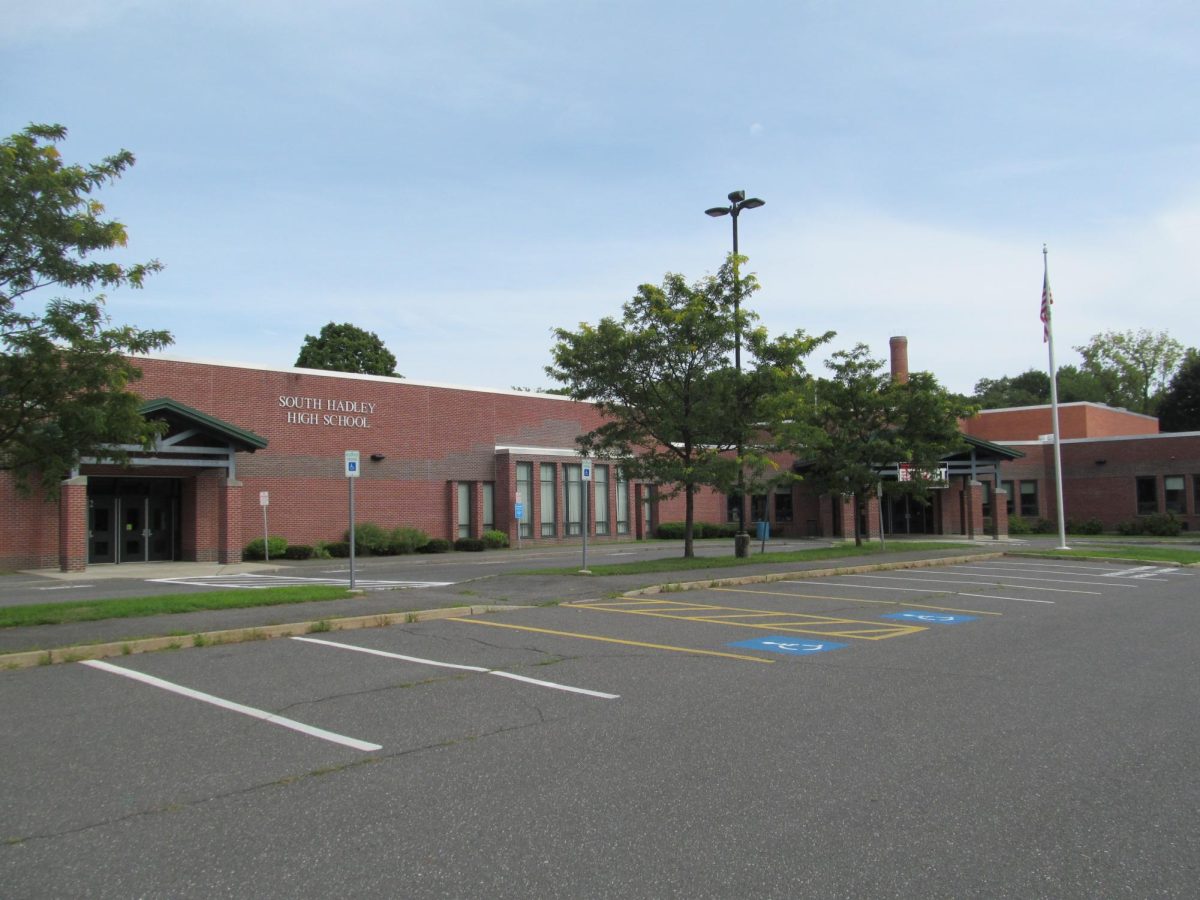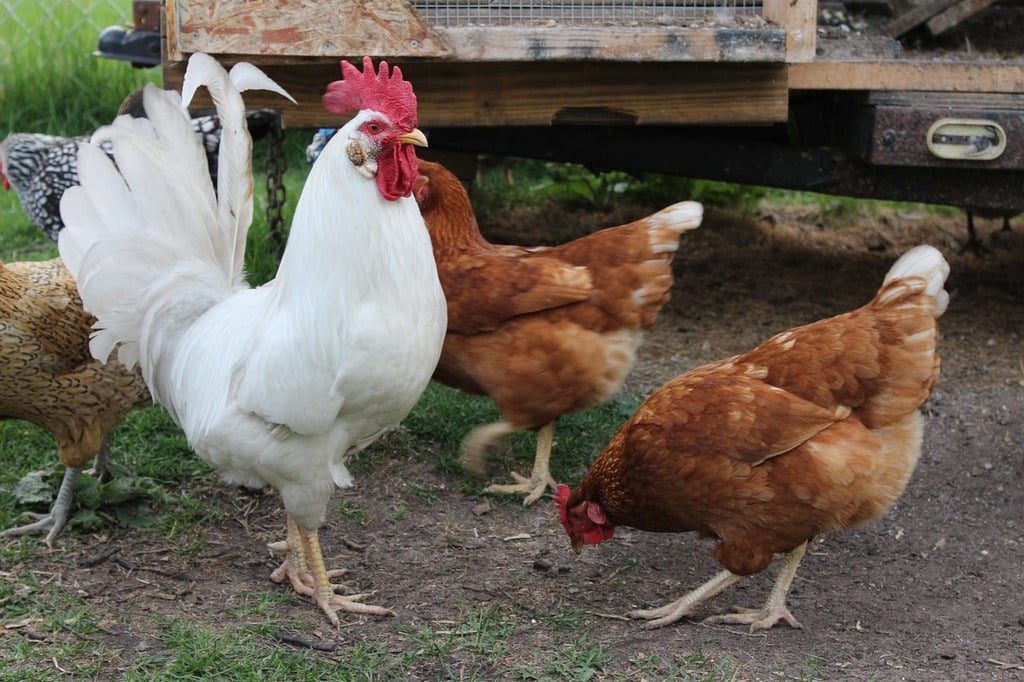President Donald Trump’s proposed tariffs on imported goods have prompted some countries to consider retaliatory measures, which could increase the price of goods in the United States. While the tariffs have been delayed multiple times, they have taken effect on April 2.
The tariffs could raise the cost of imported items, including food and energy, and create uncertainty in the economy.
“Lots of food is imported,” said Tony Ferrari, a chef at the high school’s culinary department. He explained that prices for exotic fruits such as mangoes and avocados could rise because they require temperate climates not commonly found in the U.S. and must be imported.
Energy costs could also be affected. “Twenty percent of energy in New England is from Canada,” said Bill Henson, the principal engineer for system performance and integration at ISO New England, which oversees the region’s power grid. Massachusetts residents already pay an average of $175 to $335 per month for energy. If Canada reduces or stops energy exports or raises prices in response to the tariffs, costs could increase further, potentially straining the power grid by trying to compensate for the missing energy.
“Tariffs aren’t a quick fix,” said history teacher Leslie Goelz. “Tariffs take years to be implemented.” She warned that rapid implementation could shock the market.
Goelz cited the Smoot-Hawley Tariff Act of 1930, which was intended to boost American agriculture during the Great Depression but resulted in a sharp decline in U.S. trade. Imports fell by 66%, and exports dropped by 61%.
The full effects of Trump’s tariffs remain uncertain, as the countries that were affected with the tarris have yet to implement their own. Since their implementation on April 2, they have contributed to economic disruptions and could possibly increase costs for consumers.
As the past shows, tariffs bring uncertainty,“Tariffs don’t have a history of succeeding” Goelz says.












